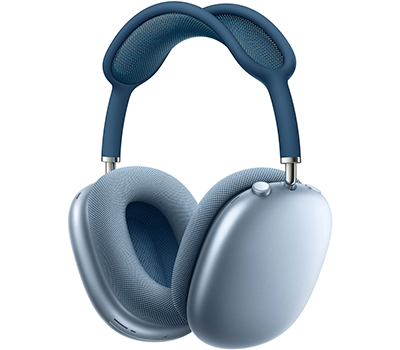

Repeat, adding additional notch filters, until you've removed everything you want removed.Īnd, as I said earlier, to boost instead of remove, just reverse the gain. This gives you the narrowest possible notch - the least amount of information you can remove to cut the instrument out of the overall sound. Once it's as quiet as you think you can make it, play with the Q until it's more or less still that quiet, but the Q is as high as possible.
#ISOLATE VOICE MANUAL#
If there's a portion of the track where the oboe is the lone instrument, loop that and do your manual adjustments there, otherwise feel it out. Now, as the track plays, adjust the mid-point of the notch up and down until the oboe is at its quietest. With this starting point for your notch filter, solo your track and play it. You can click on the Q value in the lower righthand corner of the EQ strip to enter a value. It won't be perfect because it's only a second order filter, but it should be good enough. We want to narrow it so it's covering really just the 200 Hz - 1500 Hz range. The width of the notch, called the Q, is at its maximum value - the filter is removing the most content at 650 Hz, but it's also removing a lot of content above and below 650 Hz.

You can either drag the dot left and right until it says 650 Hz in the lower righthand corner, or you can click on the value and just enter it directly:Īnd then set the gain as low as it'll go by dragging the dot downwards or entering -24 dB for the gain in the lower righthand corner directly:

Center the notch at 650 Hz ( (1500 - 250)/2 = 650), which is the midpoint of the oboe's range. Now add a notch filter (there are four available on the EQ strip, I just picked the one to the left because we're doing lower frequency content removal). Select EQ and Master from the toolbar over the smart controls: Head in to GarageBand and call up the master EQ strip by pressing the Smart Controls button in the upper right hand corner: But we can use this as a starting point for our filter. If we removed that much content we'd be taking lots of other instruments with it. If we wanted to, for example, remove an oboe from our track, we're looking at removing the fundamentals from approximately 200 Hz up to 1.5 kHz. You're mostly concerned about notching out the fundamentals of the instrument since they tend to be the strongest component of the instrument's sound.Īt the bottom of the chart is the frequency plotted in 1/3 octave bands. It shows you, for any instrument, what the dominant frequency range it covers. I'll usually consult something like the Interactive Frequency Chart. Boosting something is the same approach, you just turn the gain up on the notch instead of down.įirst, you'll need to identify approximately what range of frequencies you want to cut. It's less than perfect in GarageBand because the built-in EQ facilities are somewhat simplistic, but you can make a reasonable go of it if you're patient. Notches are for removing and peaks are for boosting. You can use the master buss EQ to notch out or boost frequency ranges that correspond, primarily, to the instrument or voice you're trying to remove or isolate. The short answer: notch and peak filters.


 0 kommentar(er)
0 kommentar(er)
